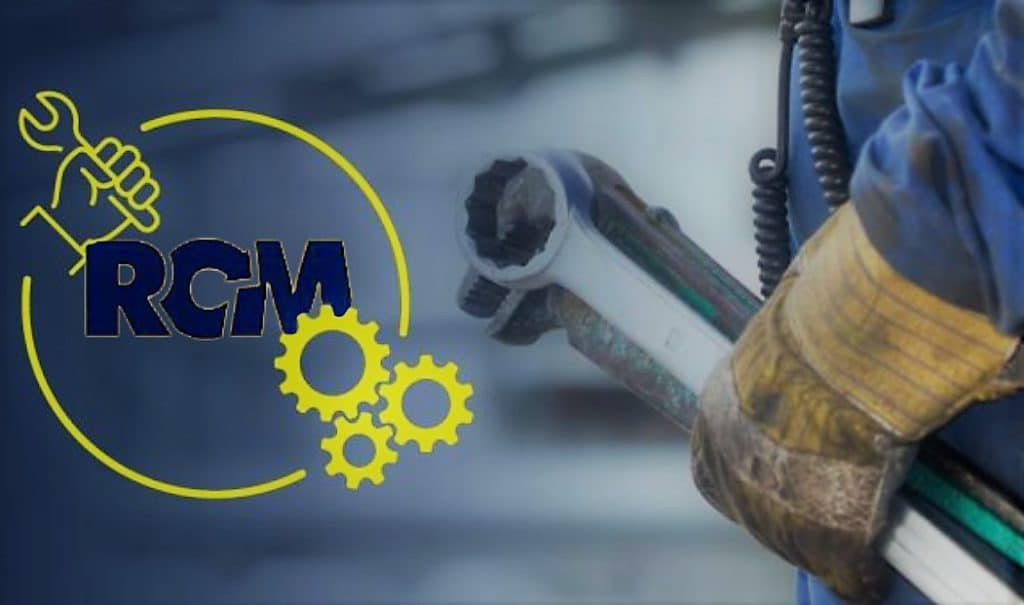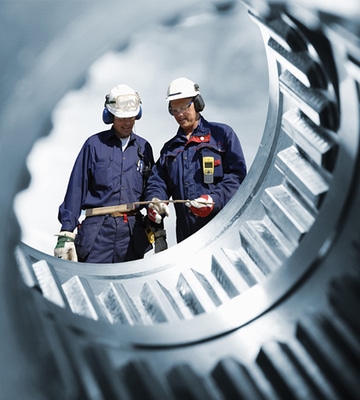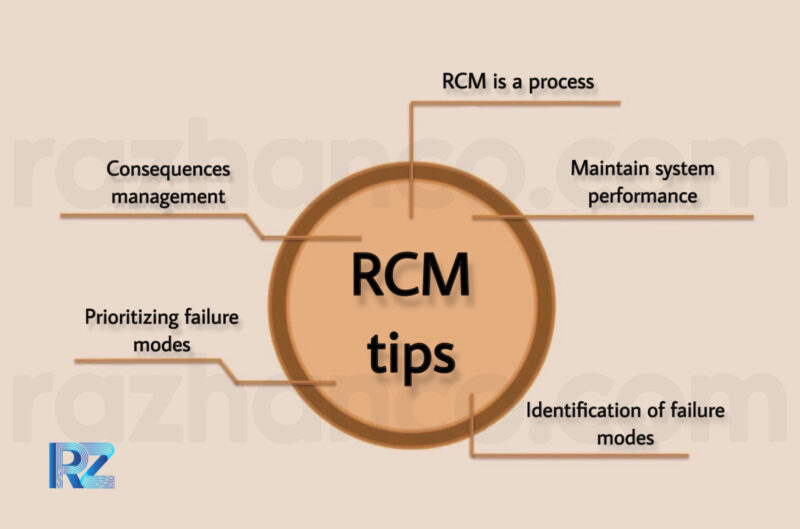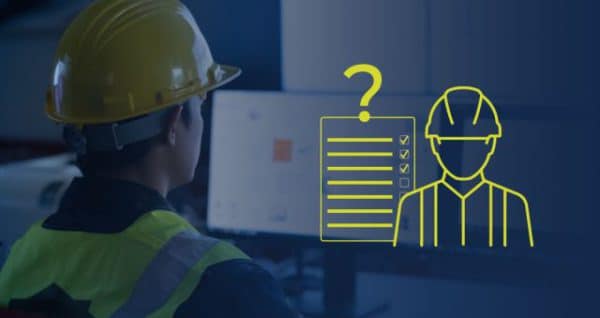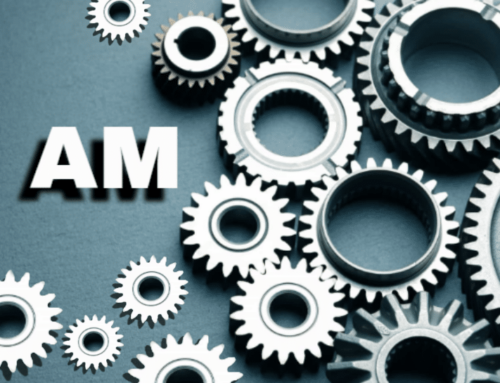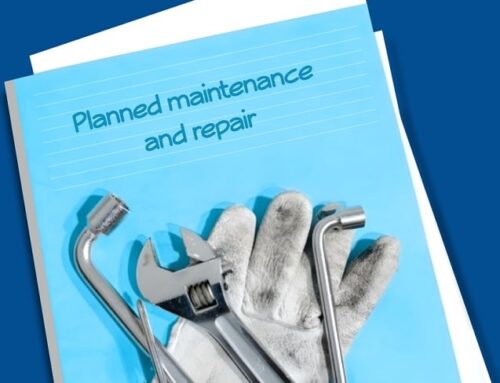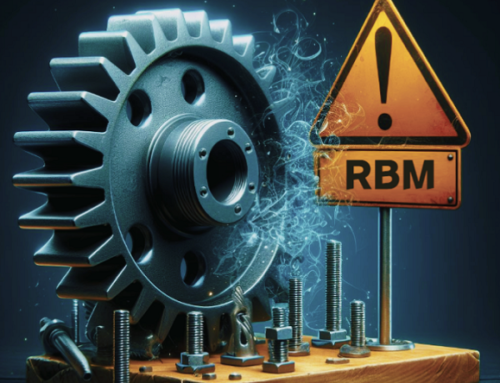Reliability Centered maintenance and repairs (RCM)
What you read in this article:
Reliability Centered maintenance and repairs (RCM)
Create reliability centered maintenance and repairs (RCM)
To perform reliability-based maintenance and repairs, they perform the following steps
To implement RCM in your factory, you can follow the steps below
Advantages and disadvantages of reliability Centered maintenance and repairs
Data collection in a reliability Centered maintenance and repairs system
-
Create reliability centered maintenance and repairs (RCM):
The roots of RCM go back to the years before 1960, when commercial aircraft companies decided to buy the giant Boeing 747. At that time, based on past experiences, preventive maintenance and repair (PM) strategy was implemented. At that time, it was believed that equipment wears out based on the duration of operation, and for this reason, maintenance and repair services were planned and executed for periods of 1,000, 5,000, and 10,000 hours. But the existing problem related to the Boeing 747 aircraft is the number of service intervals determined by the union, which includes three periods of time for the 707 aircraft. This meant more net time, plane stop time and reduced plane flight time. It was obvious that the traditional approach of airlines to maintenance and repairs for giant jets like Boeing 747 was not economically viable. This issue was the reason for American Airlines to review the concepts of preventive maintenance and repairs and determine the most economical strategy considering safety issues, which resulted in the introduction of a process called reliability centered maintenance and repairs or RCM. The introduced technique was successfully implemented on the Boeing 747 and all jet aircraft after that.
Reliability centered maintenance and repairs is a systematic approach that is used to increase the reliability and productivity of industrial equipment and devices. In this method, by using data analysis of the performance of equipment and devices, it identifies potential risks and defects. This method can help to reduce the costs of maintenance, repairs and equipment downtime, and also improve the quality and efficiency of equipment and devices.
-
To perform reliability-based maintenance and repairs, they perform the following steps:
- Data collection: In this step, equipment and device performance data is collected. This data includes information such as downtime, number of breakdowns and number of preventive repairs.
- Data analysis: In this step, the collected data is analyzed to identify potential problems and defects. This analysis is usually done using statistical and analytical methods such as control charts, state and event analysis (FMEA) and human factors analysis (HFA).
- Preventive maintenance planning: by identifying potential problems and defects, it is possible to plan preventive repairs and replacement of damaged parts and equipment. This can help reduce maintenance costs and equipment downtime.
- Carrying out repairs: In this stage, preventive repairs and replacement of damaged parts and equipment are carried out.
- Performance review: After performing repairs, the performance of equipment and devices is checked and new data analysis is collected.
- Process improvement: By analyzing new data, it is possible to improve the maintenance and repair process. This improvement can lead to reduced costs, improved performance and increased productivity of equipment and devices.
- Education and awareness: Education and awareness is also an important part of reliability-based maintenance and repairs. By training employees and raising awareness about better maintenance and repair methods, it is possible to improve performance and increase productivity.
-
To implement RCM in your factory, you can follow the steps below:
- Identification of important and critical equipment and devices: In this step, the equipment and devices that are critical to the operation of the factory should be identified.
- Data collection: By collecting performance data on equipment and devices, you can check their reliability and performance. This data includes information such as downtime, number of breakdowns and number of preventive repairs.
- Data analysis: By analyzing the collected data, you can identify potential problems and defects.
- Preventive maintenance planning: By identifying potential problems and defects, you should plan preventive repairs and replacement of damaged parts and equipment. It is better to do this planning for the factory’s critical equipment periodically and based on a specific schedule.
- Carrying out repairs: To carry out preventive repairs and replace damaged parts and equipment, you must have a specific maintenance plan. This plan should include the schedule of repairs, the number of employees and equipment needed.
- Monitoring and evaluation: To evaluate the performance of equipment and devices, you must have a monitoring and evaluation system. This system should include the collection of performance data of equipment and devices and their analysis.
- Process improvement: By analyzing the collected data, you can improve the maintenance and repair process. These improvements may include improving the preventive maintenance process, improving maintenance planning, and improving the monitoring and evaluation system.
Finally, to implement Reliability Based Maintenance (RCM), you must have an experienced and expert team in this area who can continuously monitor the performance of equipment and devices and, if necessary, perform preventive repairs and replace parts. do it. Also, you should seek to use new and updated technologies to improve the maintenance and repair process.
-
Advantages and disadvantages of reliability Centered maintenance and repairs:
Using reliability centered maintenance and repairs has advantages and disadvantages. Although this approach can improve the performance of equipment and devices and help to reduce the costs of breakdowns and emergency repairs, it may face challenges such as high costs, the need for accurate data, the ability to analyze data, the need for staff competence, and time constraints. to be accompanied. Therefore, to evaluate the advantages and disadvantages of using this approach, certain things should be considered:
In some cases, the advantages of reliability centered maintenance and repairs can outweigh its disadvantages, for example:
- Reducing the costs of repairs and maintenance: By using reliability centered maintenance and repairs, the costs of emergency repairs and unexpected breakdowns can be reduced.
- Improving the performance and increasing the useful life of the equipment: by using this method, the useful life of the equipment can be increased and a better performance can be obtained from them.
- Reducing the amount of shutdowns and shutdowns of equipment: by using reliability centered maintenance and repairs, the number of sudden shutdowns and shutdowns of equipment can be reduced.
- Increasing security: This approach can improve the security and health of employees and the environment.
On the other hand, some cases show that the disadvantages of reliability centered maintenance and repairs can be more than its advantages, for example:
- High costs: the implementation of a reliability centered maintenance and repairs system has high costs and requires significant investment.
- Need for accurate data: To implement a reliability centered maintenance and repairs system, there is a need to access accurate and sufficient data about equipment and processes. This may be due to outdated equipment or the inability to collect sufficient data.
- Ability to analyze data: To create a reliability centered maintenance and repairs system, there is a need for the ability to analyze data and analyze complex issues. This need for the ability of employees and their specialization can create limitations.
- Time Constraints: As you know, maintenance is a complex process and requires a lot of time and effort. Therefore, creating a reliability centered maintenance and repairs system may be associated with time constraints.
Therefore, in order to evaluate the advantages and disadvantages of using reliability centered maintenance and repairs (RCM), certain things such as the type of equipment, the working environment, the expertise of employees and the required data should be examined.
-
Implementing an RCM system:
To implement an RCM system, there is a need for accurate and sufficient data about equipment and processes. These data should be collected from different systems and should be able to collect, store, process and analyze data. Some of the data needed to implement a reliability-based maintenance and repair system include:
- Equipment data: This data can include information such as equipment specifications, previous repair history, performance data, and repair records.
- Performance data: This data can include information such as current equipment status, performance indicators, temperature and pressure change data, and other performance-related data.
- Repair data: This data includes information such as repair history, repair time, repair costs, and other repair details.
- Environmental data: These data include information such as temperature, humidity, pressure, lighting conditions and other environmental parameters that may affect equipment maintenance and repair.
- Production data: This data includes information such as production volume, number of devices in use, number of broken devices and other data related to production.
- Predictive data: This data can include information such as predicting the remaining life of the equipment, predicting the time of next repairs and other predictive data.
-
Data collection in a reliability Centered maintenance and repairs system:
Various software can be used to collect data related to equipment, performance, maintenance, environment, production and forecasting in a reliability-based maintenance and repair system. Some of these software are:
- CMMS (Computerized Maintenance Management System): This software is one of the best data collection software used to manage equipment repairs and maintenance. These software have the ability to collect data related to repairs, repair history, spare parts and other information related to equipment.
- SCADA (Supervisory Control and Data Acquisition): These software are used to collect data related to the performance of equipment and processes. These data can include temperature, pressure, current, voltage and other process related parameters.
- EAM (Enterprise Asset Management): These software are used to manage assets and equipment in organizations. These software have the ability to collect data related to repairs, maintenance, equipment and assets.
- IoT (Internet of Things): These software are used to collect data related to equipment using sensors and various Internet of Things devices. This data can include temperature, humidity, pressure, performance indicators and other parameters related to the equipment.
- Data Analytics: These software are used to process and analyze the data collected in the reliability-based maintenance and repairs system. These data can be processed in different ways to categorize, analyze and predict results related to equipment and processes.
In general, one or more of the above software can be used to collect data related to equipment, performance, maintenance, environment, production and forecasting in a reliability centered maintenance and repairs (RCM) system, depending on the type of data and the needs of the organization. . Also, industrial automation systems and various sensors can be used to collect data.

